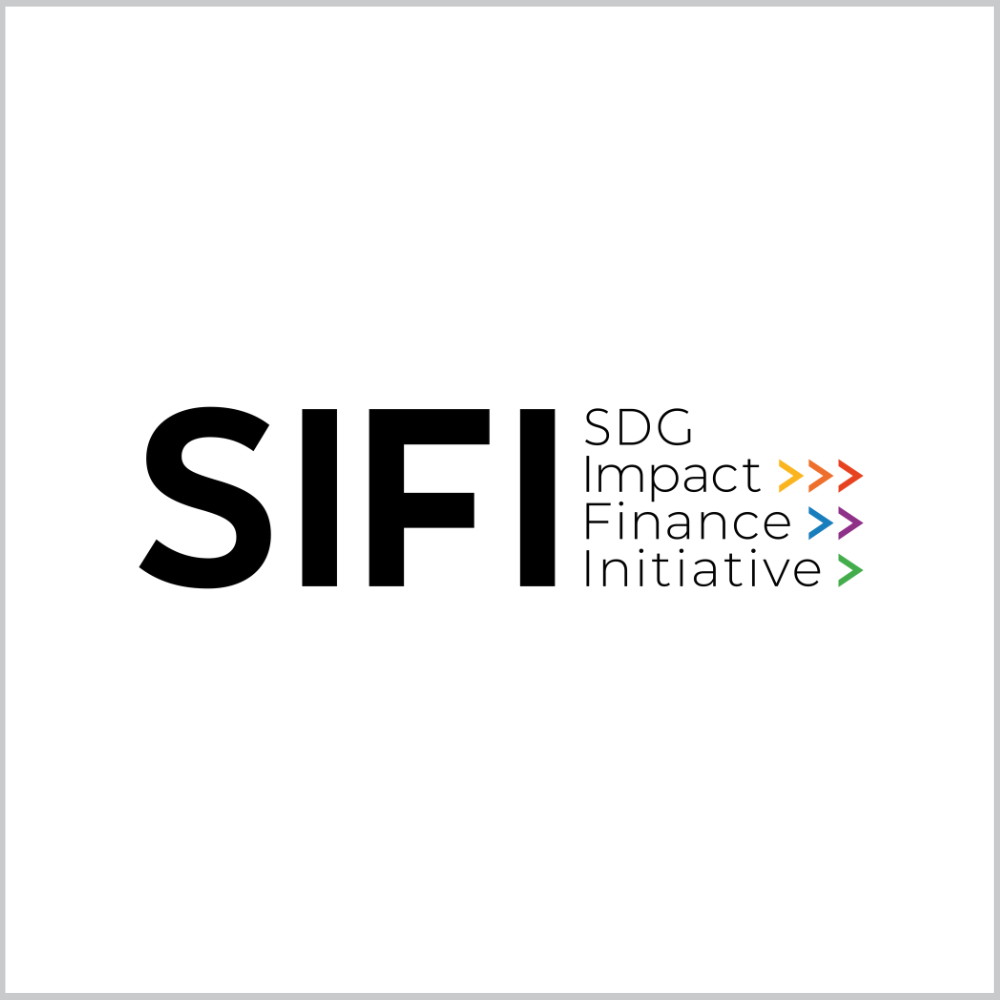Blended Finance: Addressing the Promise-Performance Gap
At SIFI, we think it’s time to stop asking what’s wrong with blended finance and start focusing on how to fix it. The challenge isn’t lack of intent — it’s about redesigning the system so capital can actually flow where it’s needed most.
The Core Challenge
EMDEs account for 40% of global population and contribute 66% of global GDP growth, yet receive only 5% of the world's $489 trillion in financial assets. Even more striking: global investors allocate just 10% of their portfolios to EMDEs, down from 12% a few years ago. eyond returns, EMDE exposure also provides a natural diversification advantage. These markets are increasingly driven by domestic consumption, green infrastructure, and digital transitions that move on different cycles than developed economies.
Five Structural Barriers
Columbia's research, based on 65 expert interviews across the blended finance ecosystem, identifies five critical obstacles preventing scale:
1. Lack of Transparency: The ecosystem remains markedly opaque, with essential data on pricing, risk allocation, and performance either withheld or inconsistently reported. This information asymmetry fuels uncertainty and inflates costs of capital.
2. Institutional Conservatism: Conservative credit rating methodologies and prudential regulations like Basel III create a "complexity premium" that makes EMDE investments prohibitively expensive, even when actual performance data suggests risks are overestimated.
3. Limited Liquidity: Most blended finance structures involve long-duration, illiquid instruments with no functioning secondary markets, restricting capital recycling and deterring institutional participation.
4. Weak Project Pipeline: A persistent shortage of bankable projects reflects underinvestment in early-stage development and fragmented technical assistance mechanisms.
5. Erosion of Additionality: Many transactions involve concessional support without clear demonstration of market failure, potentially deterring commercial replication.
From Problem Statements to Practical Solutions
We joined forces with Columbia’s Center on Sustainable Investment (CCSI) because the world doesn’t need another report describing what’s broken. It needs actionable solutions.
The global policy context — from the Sevilla Compromiso to the UNGA discussions — makes this clear: development finance must evolve. The shift away from traditional aid is underway, and with it comes a new imperative — use the right capital for the right purpose.
Aid remains essential for humanitarian crises and emergency response, but development finance must be designed as investment capital — catalytic, measurable, and built on sustainable metrics. The goal is to create a pathway for private capital ensuring catalytic resources are deployed where they have the greatest impact.
A Systems Reset, Not a Patchwork
The Columbia report lays out a practical roadmap for reform — one that aligns perfectly with our work at SIFI. Scaling blended finance isn’t about more deals; it’s about rebuilding the market architecture that governs data, incentives, and collaboration. That means:
• Transparent infrastructure — centralised, standardised reporting on every transaction.
• Smarter regulation — updating prudential frameworks to reflect real risk profiles.
• Liquidity mechanisms — secondary markets and exit facilities to recycle capital.
• Early-stage support — stronger technical assistance to prepare investable projects.
• Stricter additionality — ensuring concessional finance truly unlocks private capital.
This is already starting to happen. The UAE’s $30B ALTÉRRA platform and Singapore’s $5B FAST-P initiative are signs that scale is possible when the system is built for it.
The evidence suggests that with coordinated leadership across public, private, and philanthropic sectors, blended finance can realise its promise as a powerful enabler of sustainable investment. But only if stakeholders commit to the systemic changes outlined in this comprehensive roadmap.
The full Columbia report provides detailed recommendations for each stakeholder group, from advanced economy governments to credit rating agencies, outlining specific actions needed to transform blended finance from promise to performance.


